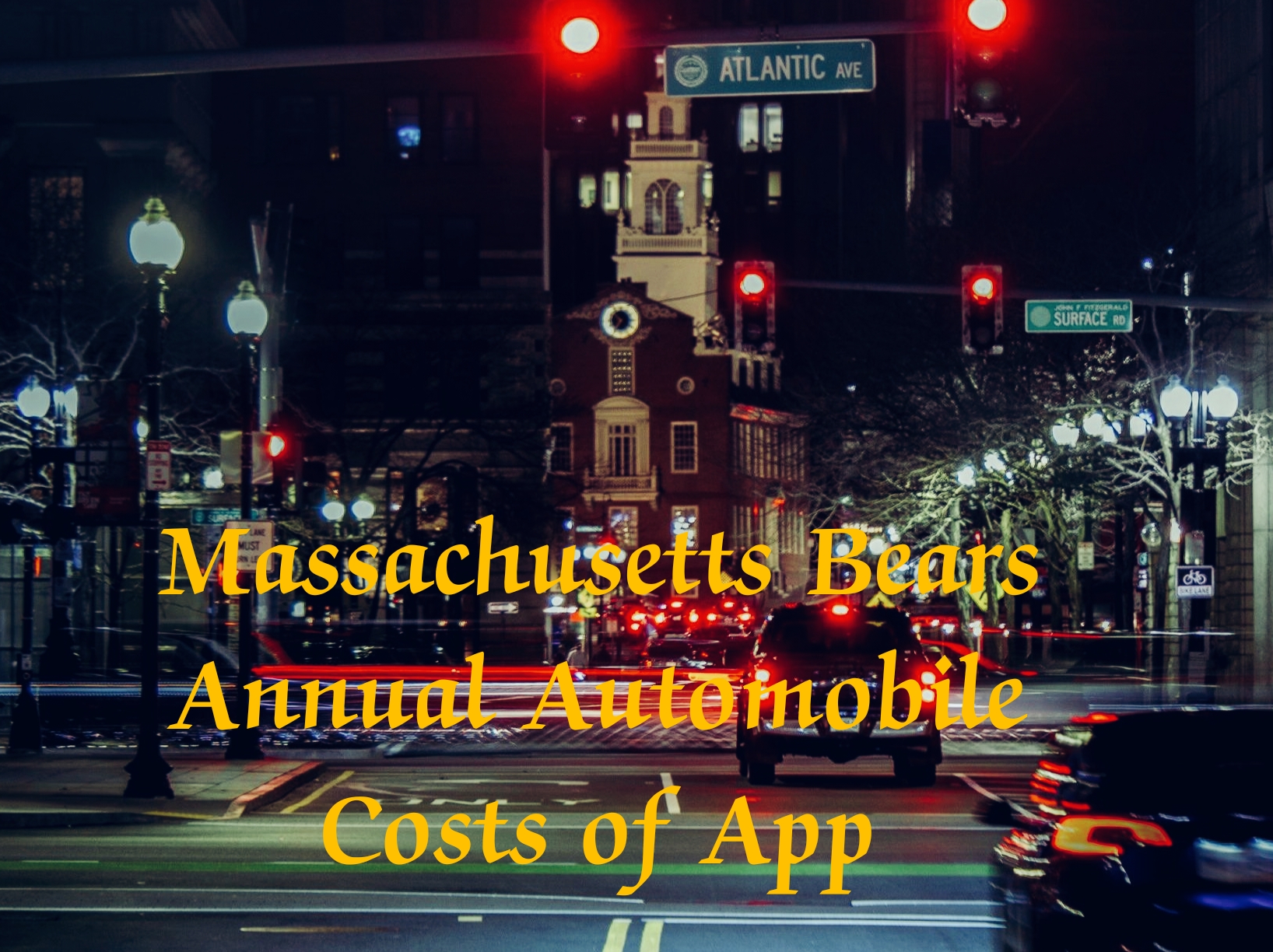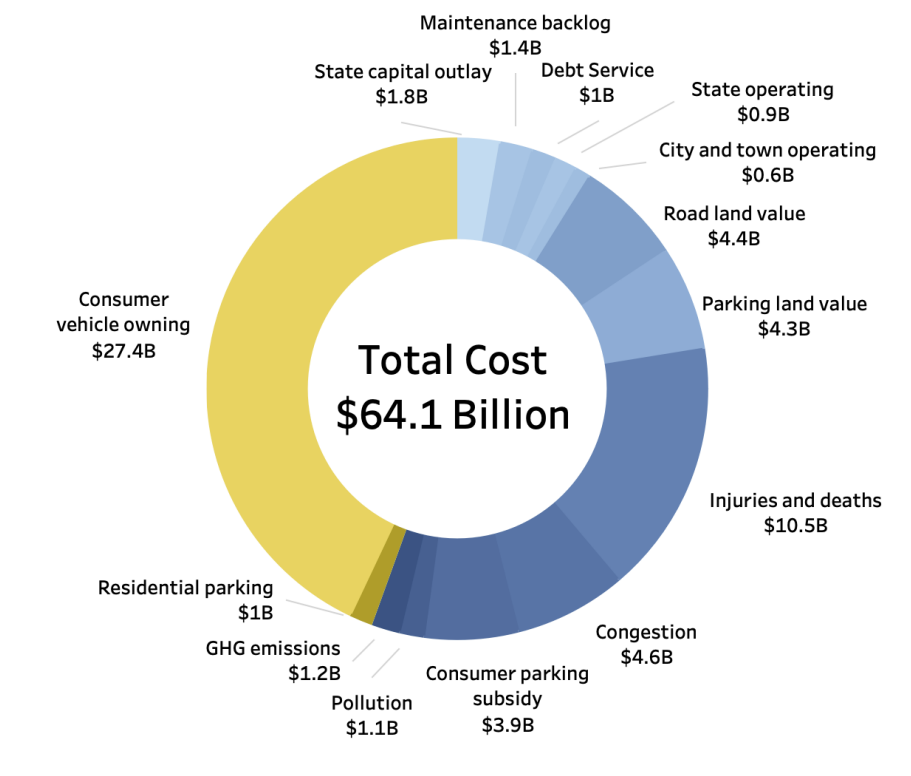
like to believe there’s a purpose for the status quo. But, in actuality, our social orders are formed by obscure market influences and the bedlam of activities by billions of individual entertainers.
It brings up the issue — in the event that we purposefully attempted to change our urban communities, could it have an effect? A Harvard concentrate on in 2019 brings up specific issues about business as usual of the car given the costs they cause for the Province of Massachusetts.
Numerous Western social orders accept the vehicle as a default.
The rambling rural areas of the US request vehicle possession as the cost of confirmation.
Remote locale mean you can’t get food in the event that you don’t have a vehicle. Confused roadways rule out people on foot.
An absence of elective vehicle joins implies you want to get in the driver’s seat if you have any desire to go anyplace, or pay somebody to take youThese are genuine expenses for the two people and legislatures the same.
Vehicles should be energized and fixed, licenses purchased and paid for. Framework should be kept up with, and perpetually streets worked in an unending exercise in futility against traffic.
Consider the whole, and for Massachusetts, the bill obviously came to a powerful $64 billion every year. How about we take a gander at how it sorts out.
The review was embraced by Linda Bilmes in her job as a senior teacher in Open Strategy at Harvard, and upheld by graduate understudies at the Harvard Kennedy School.
In its decision, the review expresses that depending on vehicles and light trucks costs $64.1 billion a year in the Ward of Massachusetts.
That figure takes care of the multitude of expenses, both public and private, brought about in running and keeping up with the 4.5 million traveler vehicles and light trucks that utilized the state’s streets in 2019.
It additionally considers framework costs, for example, capital expenses to state specialists.
Moreover, the review estimated social and financial expenses from things like gridlock, contamination, and wounds because of street mishaps.
Land use influences from parking garages was additionally thought of. This can frequently be a scourge on midtown regions, occupying extraordinary measures of room and destroying walkability.
The numbers are shockingly high, and ought to make us mull over whether vehicles are the most practical ways of interfacing,” said Bilmes.
As an aide, the public expenses of the vehicle economy — around $35.7 billion altogether — wind up costing around $14,000 per family in the state.
This is independent of whether the given family possesses a vehicle. That is to some degree since gas assessments and framework client charges aren’t sufficient to take care of the state’s monetary expenses.
In Massachusetts, they covered just a third, best case scenario, in the review period. This setback is along these lines made up from other tax assessment income.
ALSO READ | thranveer-singh-and-chris-gayle-make-a-comeback-in-zomatos-new-ipl-campaign-zomaito-vs-zomahto-debate
Customer costs make up the leftover $28.4 billion of the $64.1 billion bill, or generally 44.3%.
Families that own a vehicle spend their very own extra $12,000 cash overall, in direct costs like gas and vehicle support.
Past customer vehicle proprietorship, wounds and passings come in as especially costly.
At an expected $10.5 billion per year, it’s a major handbrake keeping down the state. These numbers depend on the computations of the “worth of a factual life” (VSL), in light of US Division of Transport procedure.
There’s an extremely human expense when people are harmed or killed on the streets. There’s additionally a monetary expense because of the deficiency of that individual’s future commitment to society.
Blockage likewise assumes a major part. In 2019, there was an expected $4.6 billion expense for constantly individuals of Massachusetts squander lounging around in rush hour gridlock.
The creators were quick to take note of that this significant expense ought to be considered while valuing out open vehicle projects.
“Clearly we truly need vehicles and roads yet we in like manner need to review that vehicles and roads are not free,” said Blimes.
Population of Massachusetts is 6.8 million… this is almost a billon per 1 million inhabitants. Governments wanted to make budget cuts… start there and let health and education alone https://t.co/ltkscIDhUs
— Francisco Blaha (@BlahaFrancisco) November 18, 2023
Think about it along these lines. The development cost of a venture like the North-South Rail Connection could cause $3.8-$12.3 billion out of oddball costs.
Thusly, it would decrease dependence on-street vehicles and assist with shaving down that gigantic $64 billion that is being spent on car transport consistently. Unexpectedly, it seems like a significantly more convincing arrangement.
Clearly, public vehicle projects accompany their own upkeep and staffing costs. They’re not free, by the same token.
Yet, the overall expectation should be that these undertakings accompany a side monetary advantage. When constructed and used appropriately, they can cut individual and public spending on streets and vehicles essentially.
By and by, as a gigantic vehicle fan, I’m getting what the review is putting down. I love driving, yet I can’t stand driving.
Truth be told, a ton of my day to day vehicle trips are disappointing and dull. I long to live some place I can stroll to get an espresso as opposed to driving for ten minutes and go through four traffic signals.
I’d very much want to get the train for a night out as opposed to spending colossal totals on Uber rides to return home.
Vehicles are perfect, and cherishing them is great. In any case, they accompany a proviso. At the point when we fabricate our urban communities and our lives around them as a need, it’s setting us back more than we could naturally suspect.

Table of Contents
ToggleFaQ section
What is the estimated annual cost of automobiles for the state of Massachusetts, according to the study?
- The study estimates that automobiles cost the state of Massachusetts approximately $64 billion every year.
What factors contribute to the substantial financial burden associated with automobile usage in Massachusetts?
- Various factors contribute to the financial burden, including vehicle maintenance, fuel, insurance, infrastructure costs, congestion, pollution, and injury-related expenses.
Who conducted the study on automobile costs in Massachusetts, and what position does she hold at Harvard?
- The study was conducted by Linda Bilmes, a senior professor in Public Policy at Harvard University’s Kennedy School.
What specific expenses are included in the $64.1 billion annual cost estimate for automobiles in Massachusetts?
- The estimate includes both public and private costs associated with running and maintaining passenger vehicles and light trucks, as well as infrastructure costs and social and economic costs related to congestion, pollution, and injuries.
How do gas taxes and infrastructure user charges compare to the actual economic costs of automobile usage in Massachusetts?
- Gas taxes and infrastructure user charges cover only a third of the state’s economic costs, leaving a significant deficit that is made up from other taxation revenue.
What percentage of the $64.1 billion automobile cost in Massachusetts is covered by consumer expenses, and what does this include?
- Consumer expenses make up approximately 44.3% of the total cost, including direct costs like gas and vehicle maintenance, as well as injury and death-related expenses.
What role does congestion play in the overall cost of automobile usage in Massachusetts, and how much was estimated to be wasted in 2019 due to congestion?
- Congestion contributes significantly to the cost, with an estimated $4.6 billion wasted in 2019 due to people sitting in traffic.
What comparison is made between the cost of public transportation projects and the annual cost of automobile usage in Massachusetts?
- The study suggests that investing in public transportation projects, such as the North-South Rail Connection, could significantly reduce the annual cost of automobile usage, potentially saving billions of dollars.
What personal perspective does the author share regarding automobile usage and urban living?
- The author expresses frustration with daily automobile trips and longs for a more walkable and public transportation-friendly urban environment.
What is the overarching message conveyed by the study regarding the economic and societal impact of automobile dependence in Massachusetts?
- The study highlights the significant economic and societal costs associated with automobile dependence in Massachusetts and emphasizes the need for alternative transportation solutions to mitigate these costs.



One thought on “Massachusetts Bears Annual Automobile Costs of Approximately $64 Billion: Study Reveals”